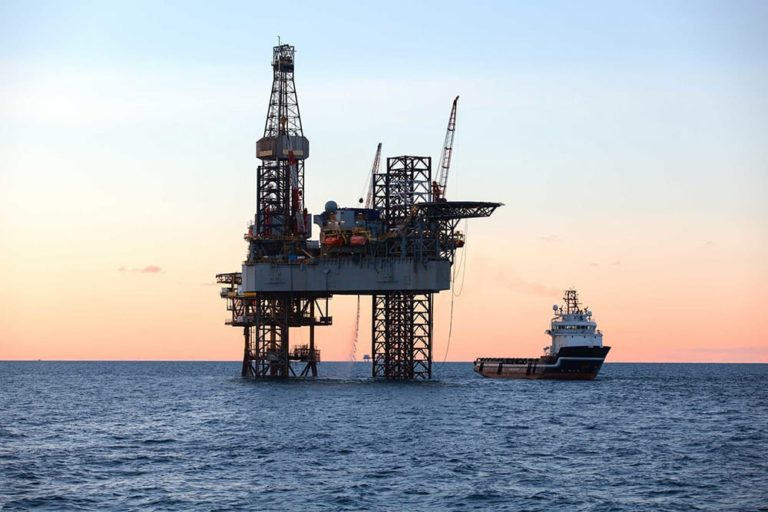Deepwater exploration is the final frontier for discovering the oil and gas needed to fuel the global energy transition, according to GeoExpro, a global energy magazine.
“This is the hope that keeps us here,” a recent GeoExpro report explained, noting that passive continental margins, such as Brazil’s Pelotas Basin, may hold the last untapped reservoirs of hydrocarbons.
Explorers now turn to deepwater basin floors, previously inaccessible, in search of billions of barrels of oil and gas equivalent.
“Our industry has recently developed a number of tools with specific applications in deepwater that will help us survive this challenge,” GeoExpro noted.
The human brain, described as “the most complicated machine in the universe,” remains central to exploration. “The organics will lead the way,” GeoExpro said, even as machine learning and automation augment decision-making.
There are distinct geological advantages in these deep and ultra-deep margins. “With time, the counter regional dip creates a zero-risk trapping configuration,” GeoExpro explained. These margins can be either magma-rich or magma-poor. It said that in magma-rich margins like Namibia’s Venus-1x discovery, source rocks and sediment fans align for optimal oil generation. GeoExpro highlighted that similar potential exists in South Africa’s Orange Basin and Brazil’s Pelotas Basin.
New seismic technologies are transforming exploration. “Regional scale 3Ds are more common,” the publication said, thanks to multi-client surveys and wide-tow streamer configurations.
Seismic processing is advancing on a “rolling 10-year basis.” Products are now expected to be “de-ghosted, SRME’d, FWI’d where possible and pre-stack processed through PSDM.”
These developments have reshaped both “what we see and how we use this data.” Engineering is the final piece of the puzzle. “So far, the engineers have never let explorers down,” GeoExpro stated.
Over the past 70 years, drill depths have increased steadily by 500 meters per decade. In 2025, a well may reach 3,900 meters offshore Colombia. “In ten years time it is perhaps unambitious to assume we will be drilling in 4,900 m of water,” the report outlined.
Brazil and Guyana will play a huge role in deepwater production growth. For Latin America alone, more than 85% of the deepwater oil output will come from the two countries. Brazil has historically led production, but Guyana has emerged as a key contributor since production began at the Stabroek Block.
Guyana is also ranked among the world’s energy superbasins, according to Wood Mackenzie.



